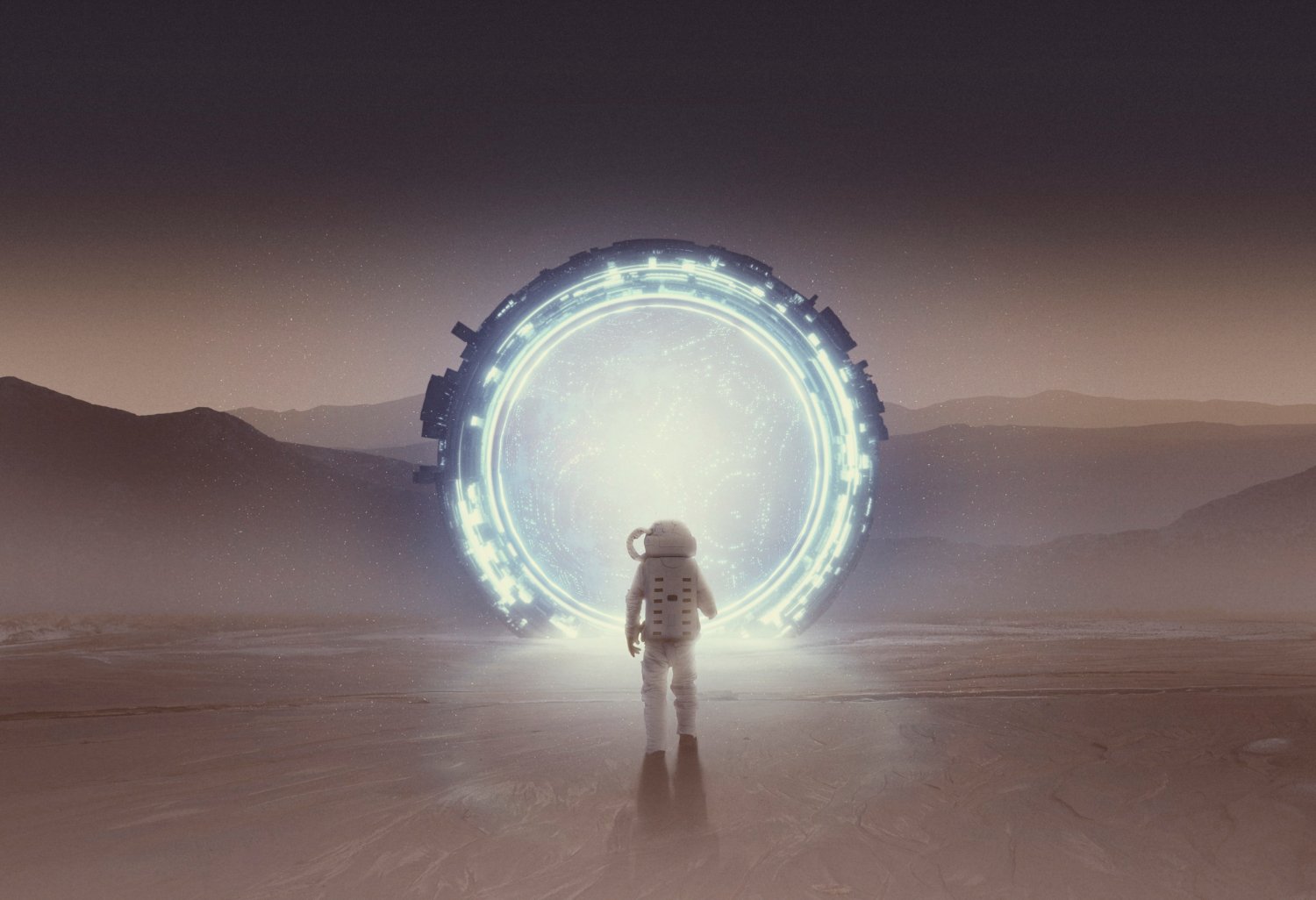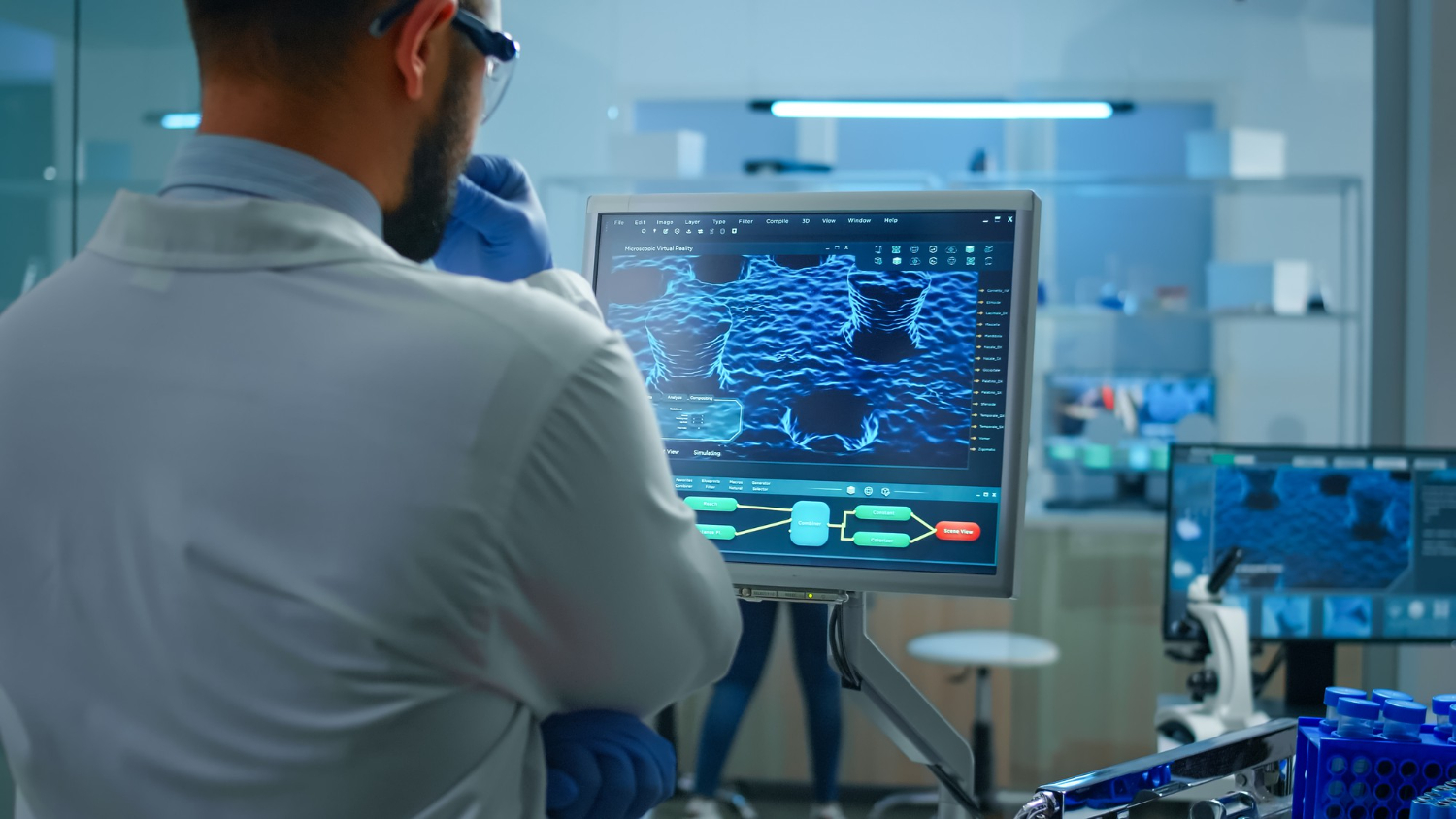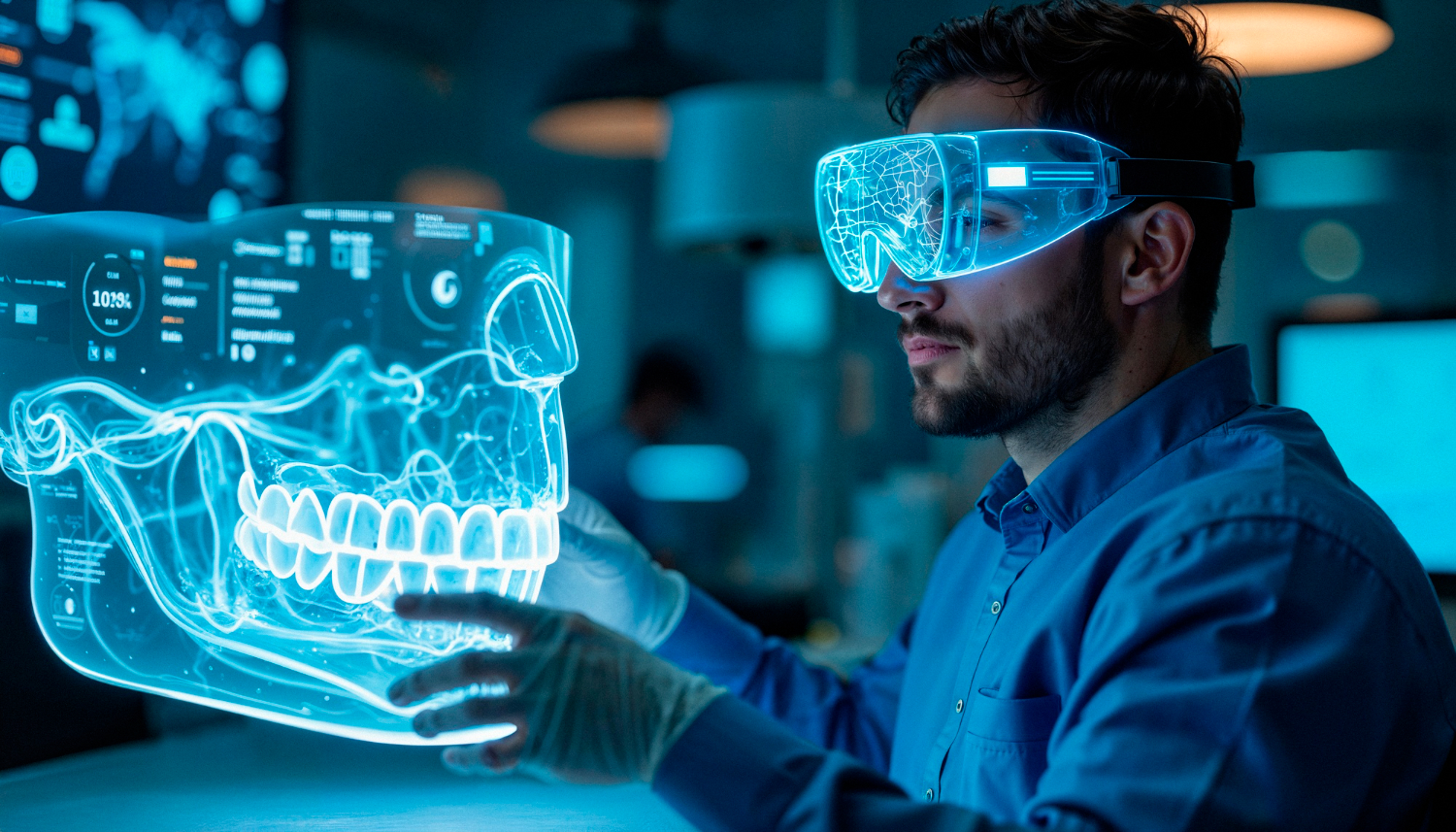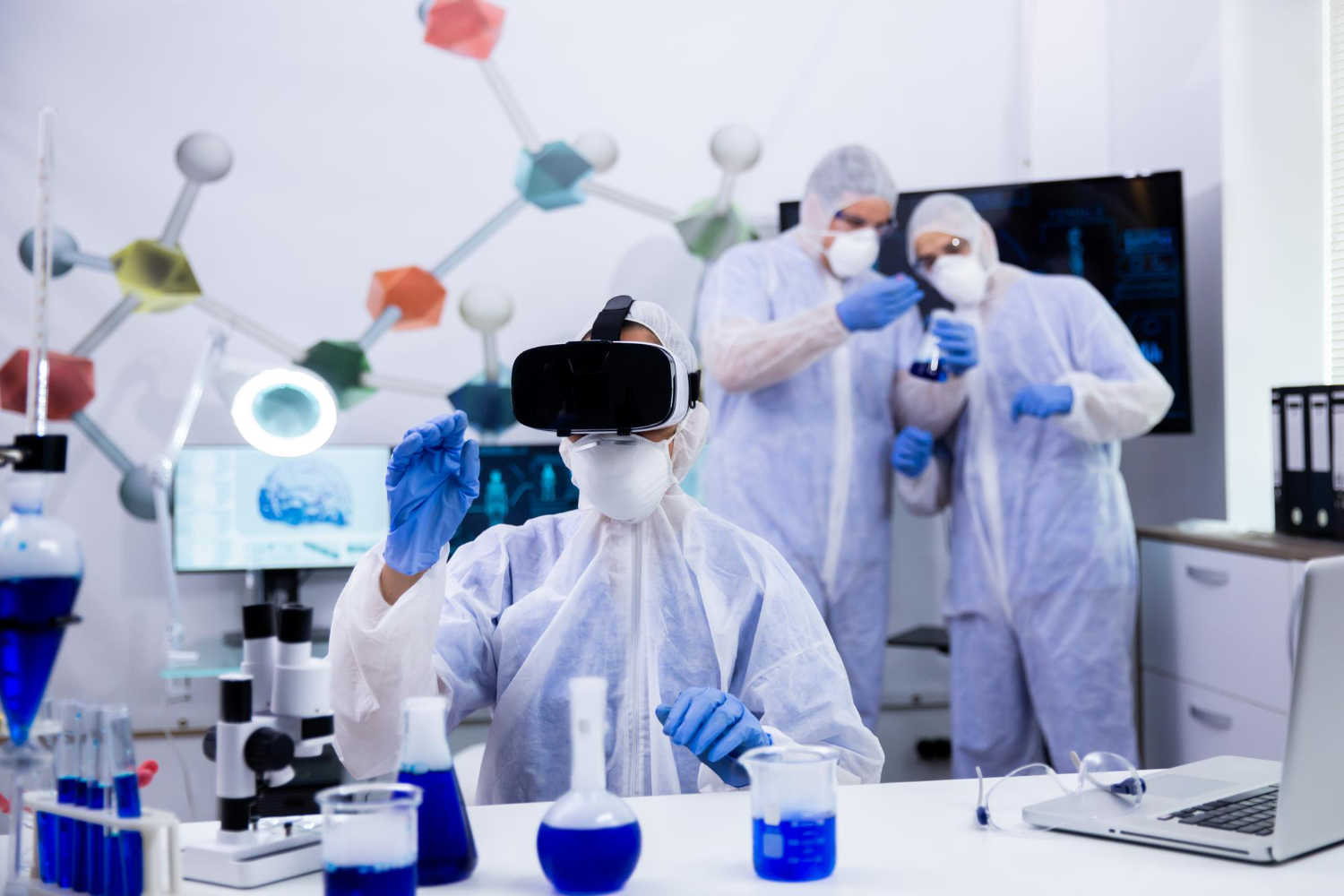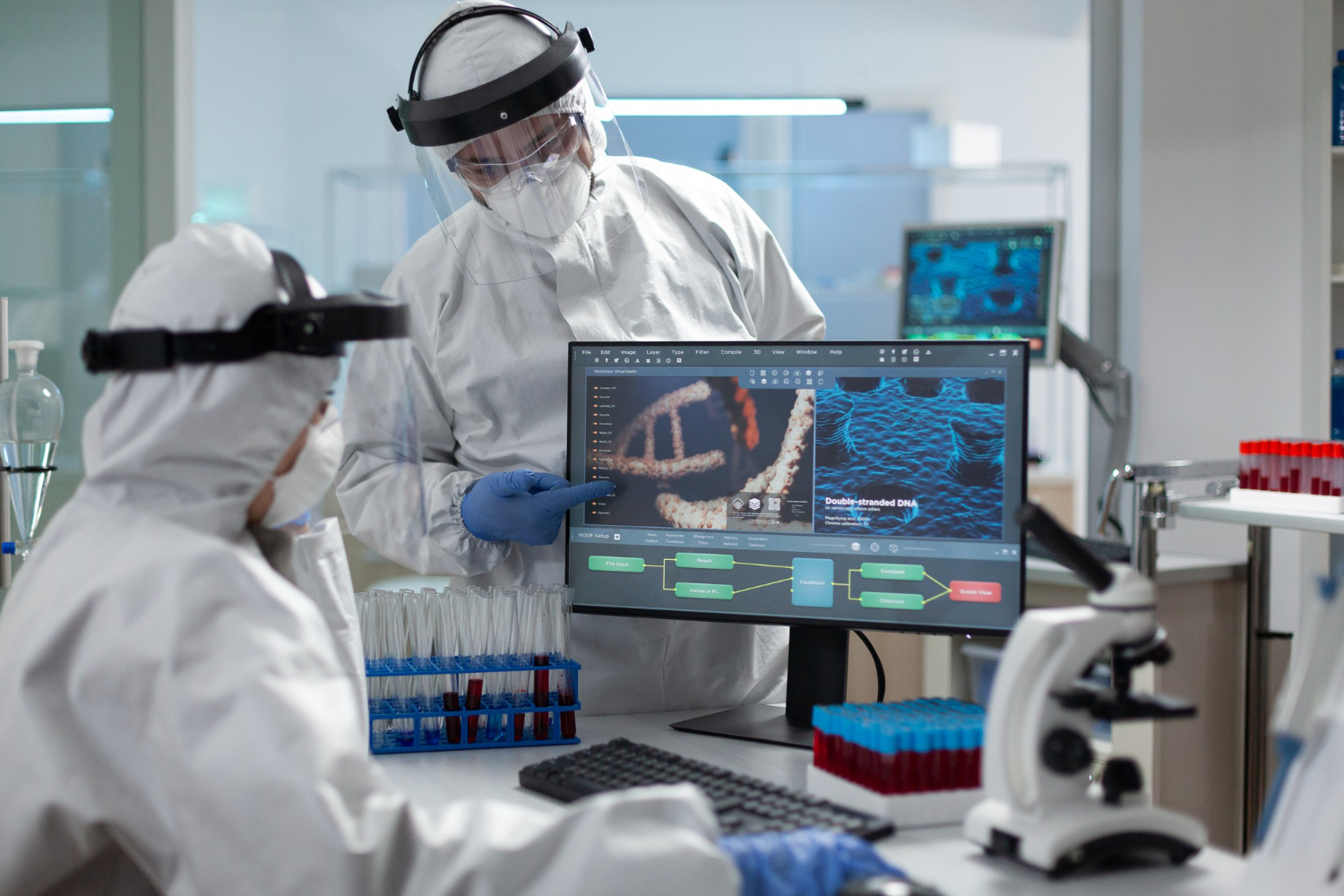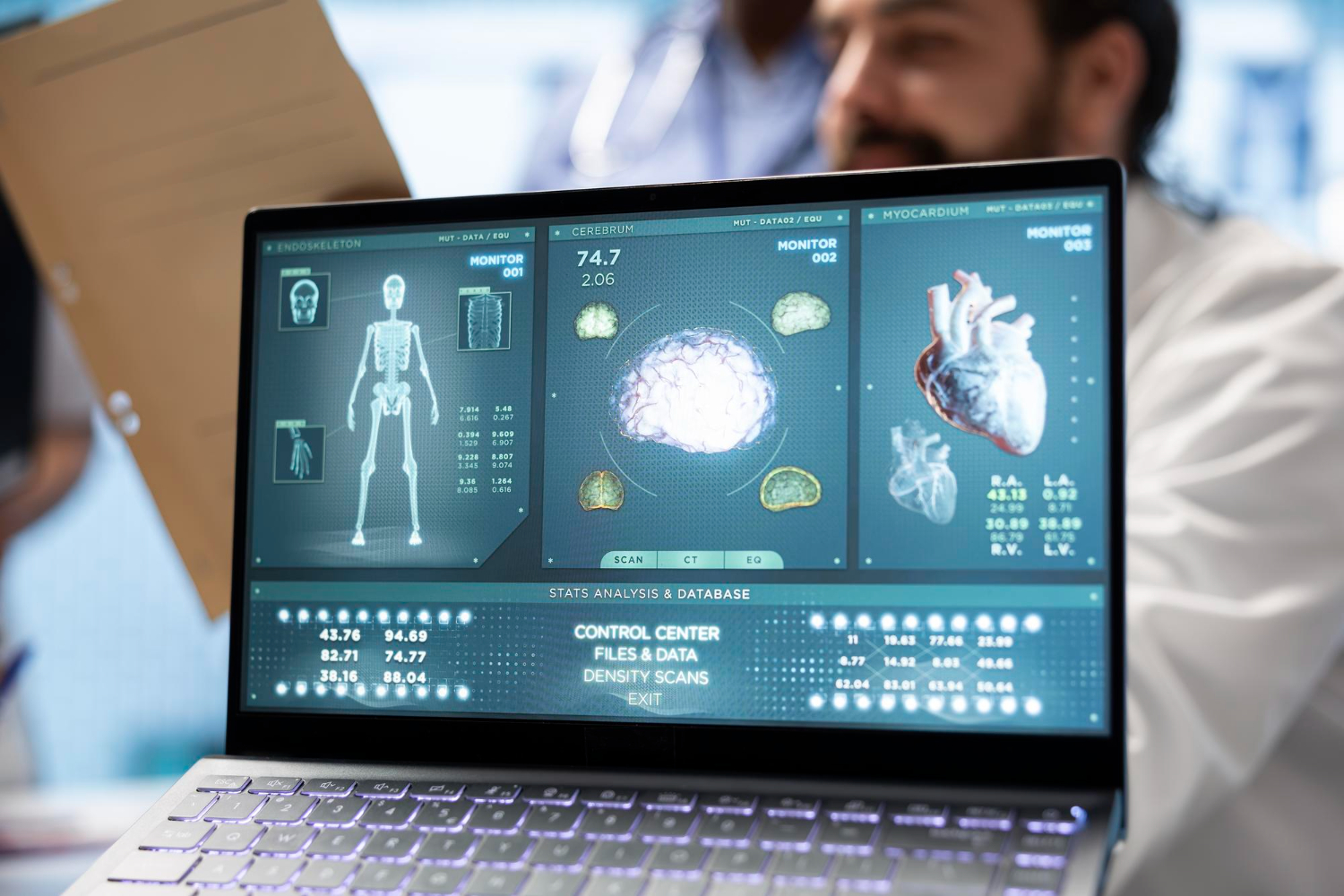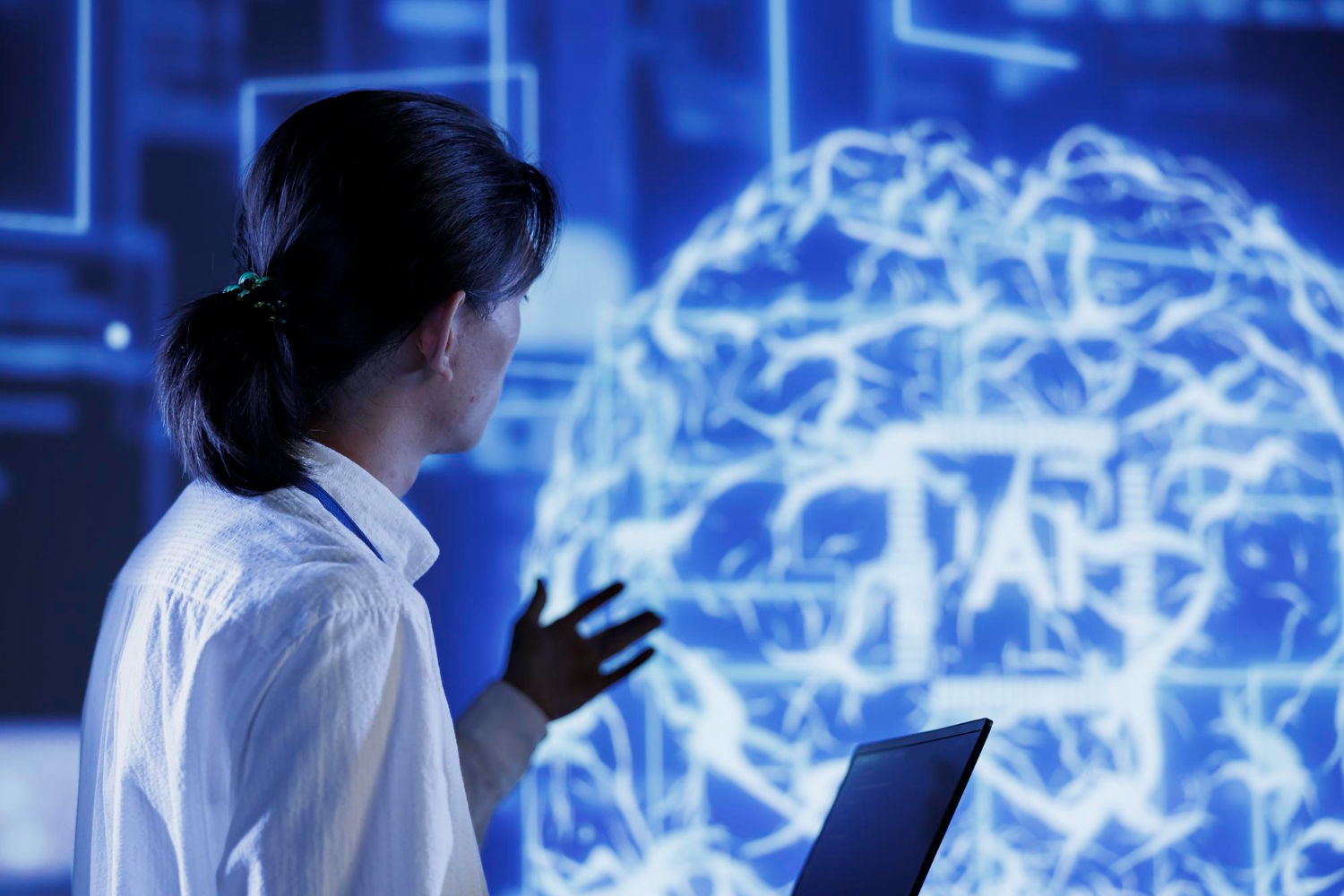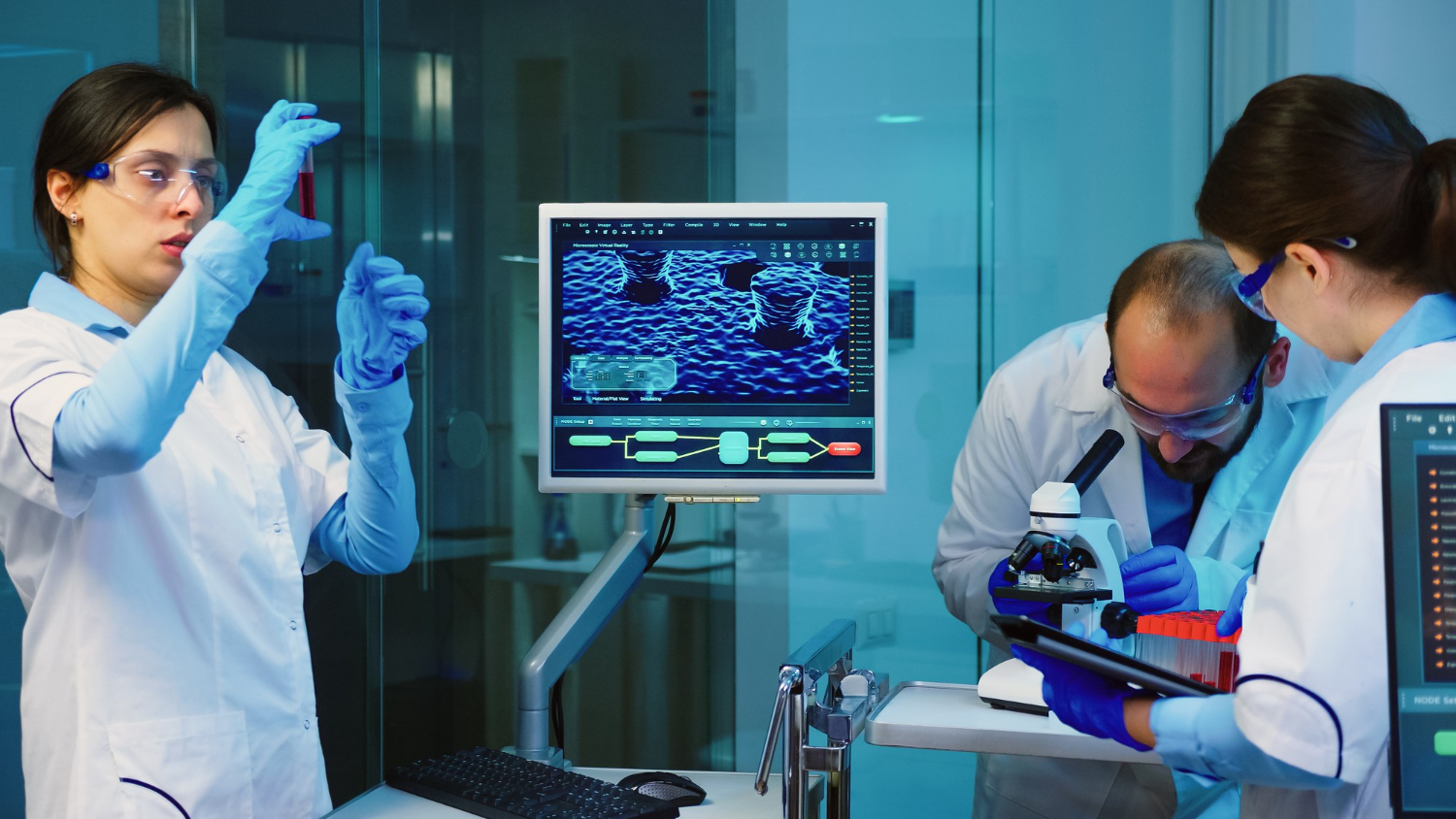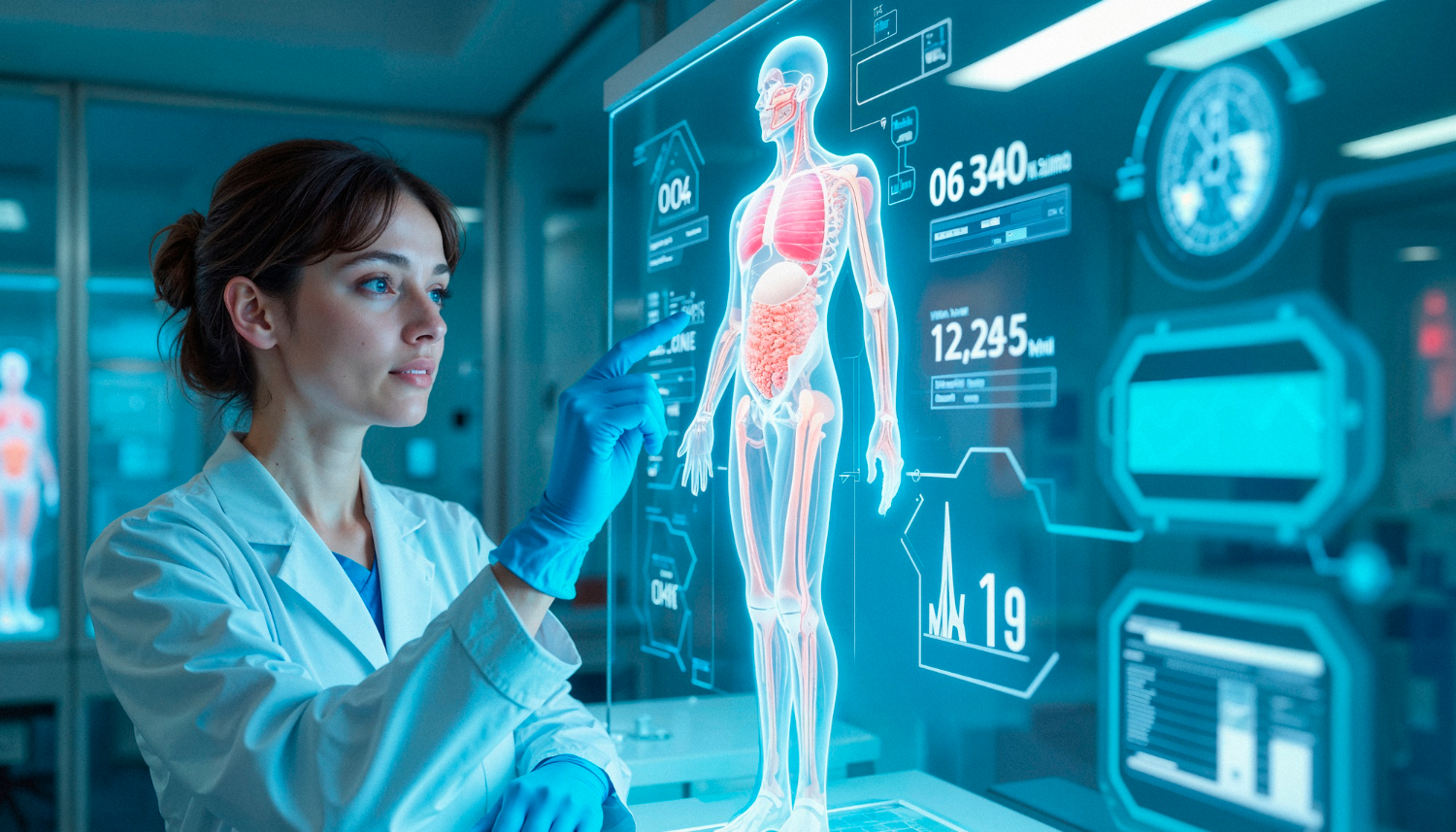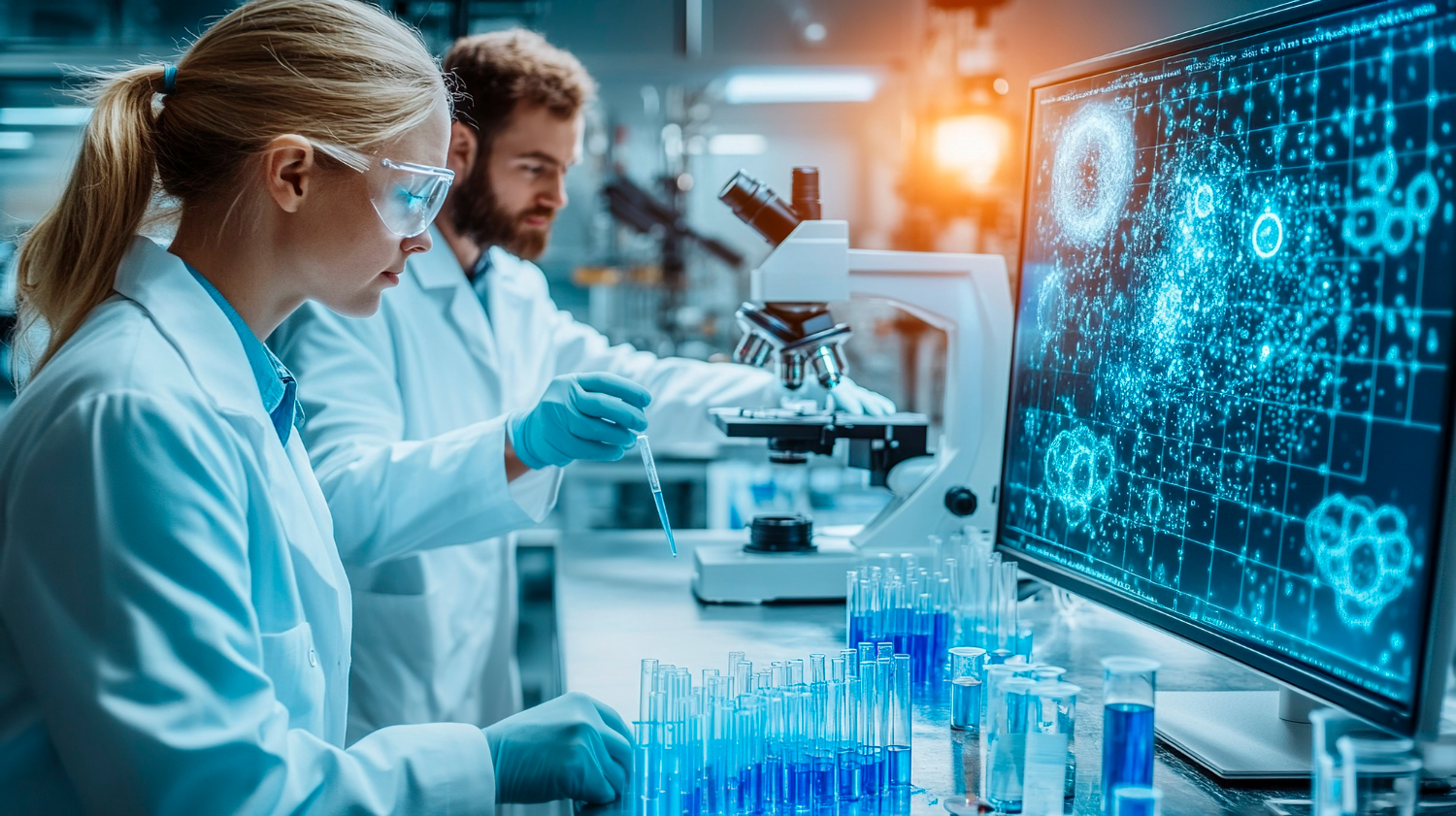Introduction
Artificial intelligence AI is transforming how data is processed beyond Earth. Computer vision plays a key role in analysing images and detecting objects. Specialised datasets help train AI models to recognise patterns, making systems more reliable.
Why AI Matters in Space Research
AI-powered systems improve the efficiency of autonomous vehicles and satellites. They analyse a single image or video sequence to extract important details. This ability helps reduce human intervention in missions.
Computer vision work supports object detection and image recognition. These functions assist in identifying terrain features, tracking celestial bodies, and monitoring spacecraft conditions. AI-powered models also process text using optical character recognition.
Types of Datasets for AI Models
AI models require structured data to function effectively. Different datasets serve specific purposes:
-
Labeled Data – Used in supervised machine learning to help a model learn from examples.
-
Pattern Recognition Data – Helps identify objects in planetary images.
-
Feature Extraction Sets – Focuses on key details in a single image.
-
Optical Character Recognition Datasets – Reads text from space instruments and logs.
Read more: Developments in Computer Vision and Pattern Recognition
Applications of Computer Vision Beyond Earth
Computer vision has many uses in space research. Some of the key applications include:
-
Satellite Image Processing – AI systems analyse planetary surfaces and atmospheric conditions.
-
Autonomous Rovers – Vehicles equipped with AI navigate alien landscapes without human control.
-
Optical Character Recognition – Spacecraft use AI to read and interpret instrument displays.
-
Object Detection in Astronomy – AI scans the sky for new celestial bodies.
Enhancing AI Models for Accuracy
AI systems improve with exposure to more data. Supervised machine learning helps models recognise patterns. Artificial neural networks refine decision-making by mimicking human thought processes.
Feature extraction strengthens image analysis. Identifying key elements in a single image improves predictions. These improvements make AI tools more reliable in complex environments.
AI in Space Robotics
Robotic systems powered by AI are essential for deep-space exploration. AI-driven robots perform tasks that are too risky for humans. They analyse environments, collect data, and conduct repairs. AI enables them to operate with minimal input, improving mission success rates.
AI-powered systems help space robots navigate unknown terrain. They use pattern recognition and object detection to identify obstacles. Feature extraction allows these machines to differentiate between surface textures, identifying safe paths for movement. These capabilities are crucial for planetary exploration and asteroid mining.
Read more: Computer Vision, Robotics, and Autonomous Systems
AI and Data Processing in Space
Data collected from telescopes, satellites, and rovers must be processed quickly. AI models sort through vast amounts of information to identify relevant details. Artificial neural networks help extract meaningful insights from raw data.
Machine learning models improve the efficiency of astronomical research. AI assists in detecting new exoplanets by analysing light patterns from distant stars. Optical character recognition processes instrument readings, ensuring accurate data interpretation.
AI in Space Communication
AI enhances communication systems in space missions. It improves signal processing, allowing for clearer transmissions between Earth and spacecraft. Natural language processing helps interpret and relay messages efficiently.
Autonomous vehicles in space rely on AI to maintain stable communication links. AI-powered algorithms detect and correct transmission errors. These advancements ensure uninterrupted data exchange between ground control and mission teams.
AI-Powered Predictive Maintenance
Equipment in space is exposed to extreme conditions. AI-powered predictive maintenance identifies potential failures before they occur. Machine learning models monitor system performance and detect irregularities.
Autonomous vehicles use AI to assess their condition in real time. AI-driven diagnostics help prevent unexpected malfunctions. This reduces downtime and extends the lifespan of critical mission components.
Read more: AI in Manufacturing: Transforming Operations
AI and Space Agriculture
Growing food in space is a challenge. AI assists in monitoring plant health, optimising growth conditions, and predicting harvest cycles. Computer vision identifies signs of disease or nutrient deficiencies in crops.
AI-powered systems regulate water and nutrient distribution. These innovations support sustainable food production for long-duration missions. Machine learning models refine agricultural strategies, improving efficiency in closed environments.
AI and Space Debris Management
Space debris is a growing concern. AI-powered tracking systems monitor objects orbiting Earth. Computer vision detects debris, predicting potential collisions.
Autonomous vehicles use AI to navigate safely through debris fields. Machine learning enhances tracking accuracy, ensuring precise object detection. AI-driven models help design strategies for debris removal, making space travel safer.
AI in Space-Based Earth Observation
AI-powered satellite imaging improves Earth monitoring. AI models detect environmental changes, track weather patterns, and assess disaster impact. These insights support climate research and disaster response efforts.
AI-driven image recognition processes vast amounts of satellite data. Pattern recognition helps identify deforestation, urban expansion, and water level fluctuations. These applications of computer vision contribute to sustainable resource management.
AI in Space Tourism
Private companies are investing in space tourism. AI enhances safety and customer experience. AI-powered assistants provide real-time guidance for passengers.
Machine learning optimises spacecraft operations. AI helps plan flight paths, manage onboard resources, and improve passenger comfort. AI-powered predictive analysis ensures smooth space travel experiences.
Read more: The role of AI in the travel and hospitality industries?
AI in Artificial Intelligence Research
AI itself benefits from space research. Studying AI in extreme conditions improves its adaptability. AI-powered models trained in space can enhance autonomous systems on Earth, including driving cars, security monitoring, and robotics.
Machine learning models trained on space datasets refine AI-powered security applications. AI-driven pattern recognition improves surveillance accuracy, benefiting industries beyond aerospace.
AI and AI-Powered Energy Systems
Sustaining long-term missions requires energy efficiency. AI-powered systems manage solar panels, batteries, and fuel consumption. Machine learning predicts energy needs, ensuring uninterrupted power supply for spacecraft operations.
Computer vision assists in energy system maintenance. AI detects wear and tear in solar panels, recommending adjustments before failures occur. These AI-driven optimisations extend the lifespan of critical space infrastructure.
Read more: Smart Solutions for Sustainable Tomorrow: AI & Energy Management
AI in Space Logistics and Resource Management
Managing supplies in space is crucial. AI optimises inventory tracking, preventing shortages during extended missions. AI-powered planning systems analyse consumption patterns, recommending supply restocking schedules.
AI-driven simulations test resource allocation strategies. Machine learning predicts crew needs based on mission duration. These AI advancements enhance sustainability in human spaceflight.
AI and Interstellar Travel
Future interstellar missions depend on AI. AI-driven navigation systems calculate efficient routes, adjusting for gravitational influences. AI-powered spacecraft diagnose mechanical issues, reducing risks during deep-space travel.
Machine learning models refine propulsion system performance. AI-powered simulations test theoretical interstellar engines, shaping the future of long-distance space exploration.
AI and Space-Based AI-Powered Virtual Assistants
AI-powered virtual assistants support astronauts by managing schedules, issuing reminders, and processing mission updates. Natural language processing improves communication between astronauts and mission control. AI enhances task delegation, reducing cognitive load on human crew members.
Computer vision assists in task completion. AI detects workspace disorganisation, suggesting efficient layouts. AI-powered features enhance collaboration in confined environments.
Read more: AI Assistants: Surpassing the Limits of Productivity
AI and Space-Based AI-Powered Security Systems
AI enhances security in space missions. AI-powered surveillance detects anomalies in spacecraft and space stations. Computer vision monitors surroundings for potential threats, including micro-meteoroid impacts.
Machine learning improves cybersecurity. AI detects hacking attempts on space communication networks, ensuring data integrity. AI-driven encryption strengthens information protection in space research.
AI and AI-Powered Biomechanics
Studying human biomechanics in space improves astronaut health. AI-powered systems track muscle atrophy, developing countermeasures. AI refines exercise routines to maintain physical fitness in microgravity.
Machine learning models predict bone density loss, enabling preventive treatments. AI-powered diagnostics enhance medical decision-making in space missions.
Read more: AI in Biomechanics: From Creating Cosmetic Prosthetics to Making Metahumans
AI and Space-Based AI-Powered Data Analysis
AI processes vast amounts of space data. Machine learning identifies trends in planetary observations. AI-powered analytics refine mission planning, maximising research efficiency.
Computer vision extracts insights from satellite imagery. AI detects environmental changes, supporting climate research. AI-powered tools enhance global monitoring applications.
AI and Space-Based AI-Powered Robotic Exploration
Robotic exploration benefits from AI-powered decision-making. Autonomous rovers adapt to terrain changes, optimising movement. AI-driven object detection prevents collisions, improving exploration safety.
AI refines robotic sampling techniques. Machine learning identifies high-value sample sites, ensuring efficient data collection. AI-powered automation expands the reach of space exploration missions.
AI and AI-Powered Space Farming
Sustaining astronauts on long missions requires self-sufficient food production. AI monitors plant growth, adjusting nutrient levels. AI-powered farming techniques improve crop yields in space environments.
Machine learning models predict optimal growing conditions. AI-driven climate control systems regulate temperature and humidity. AI-powered agriculture ensures sustainable space colonisation efforts.
AI and AI-Powered Cosmic Radiation Protection
Cosmic radiation poses risks to astronauts and equipment. AI detects radiation exposure levels, implementing shielding measures. AI-powered materials science develops radiation-resistant spacecraft components.
Machine learning refines radiation exposure predictions. AI-driven monitoring improves astronaut safety during long-term missions. AI-powered insights enhance protective strategies for deep-space travel.
AI and Ethical Considerations in Space Research
As AI advances, ethical concerns arise. Decision-making by AI models must be transparent. Researchers ensure AI-powered systems remain fair and unbiased.
Data security is another challenge. AI processes sensitive information collected from space missions. Encryption and access control protect datasets from unauthorised use.
The Growing Role of AI in Future Missions
Future space missions will rely even more on AI. AI-powered systems will improve spacecraft automation, enhance research accuracy, and support human exploration.
AI will refine natural language processing for real-time communication. AI-driven robotics will assist astronauts in building space habitats. Machine learning will improve long-term mission planning, ensuring efficiency in deep-space exploration.
Social Media’s Role in AI Data Collection
Social media contributes to dataset expansion. Crowdsourced images and labeled data enhance AI capabilities. These contributions benefit researchers working on AI-driven space applications.
Challenges in AI-Powered Computer Vision
Applying AI in space research presents several challenges:
-
Limited Data Sets – High-quality labeled data is difficult to obtain.
-
Environmental Changes – Different lighting conditions and terrain variations affect AI predictions.
-
Computing Power – Spacecraft have limited processing resources.
Despite these obstacles, AI continues to improve automation in space missions.
Read more: A Complete Guide to Object Detection in 2025
AI’s Impact on Real-World Problems
AI innovations extend beyond research. Many real-world problems are solved using the same AI principles. Autonomous vehicles, driving cars, and healthcare technologies all benefit from advancements in image recognition and pattern recognition.
The Future of AI in Space Research
AI will continue to support new discoveries beyond Earth. Improved datasets will refine object detection and image analysis. AI-powered autonomous vehicles will advance exploration capabilities.
AI models will become more efficient, requiring less human input. This will allow faster responses to mission-critical situations.
How TechnoLynx Can Help
TechnoLynx develops AI-powered solutions for space research. Our datasets improve object detection, image recognition, and computer vision applications. We specialise in artificial neural networks, feature extraction, and supervised machine learning. Contact us to enhance your AI-driven projects with cutting-edge datasets.
Continue reading: Exploring Outer Space with the Help of AI Innovations
Image credits: Freepik

